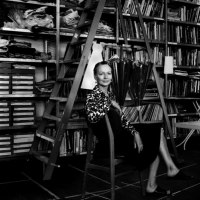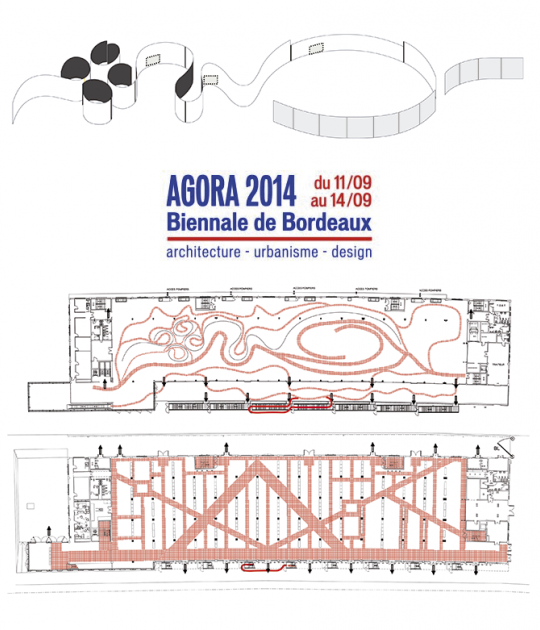This year Het Nieuwe Instituut invited as guest curator Petra Blaisse offers visitors a totally new experience of Sonneveld House with one ingenious intervention. The house was designed in the early 1930s by architecture firm Brinkman en Van der Vlugt in the Dutch Functionalist style, with the interior created in collaboration with furniture designer W.H. Gispen.
Petra Blaisse’s project, which opened on 1st February and runs through Sept. 13, is part of a series of experiments with which Het Nieuwe Instituut (the New Institute), the cultural center that manages the Sonneveld House, is developing new ways of exhibiting design, architecture and technology. Inviting artists and designers to install their work in “house museums” like the Sonneveld is a proven means of encouraging more people to visit. But Petra Blaisse has gone further by raising questions about the functions of such places and their presumed authenticity.
“I enjoy visiting house-museums like Charles and Ray Eames’s home in Pacific Palisades and Lina Bo Bardi’s in São Paulo and seeing their knick-knacks as if they’d just left them there,” said Blaisse. “But we wanted to trigger something different here by asking what it means in a museological sense to preserve a place like this.”
Interior designer and landscape architect Petra Blaisse explores the limits of architecture of Dutch Functionalism with her office Inside Outside by enhancing or temporarily transforming the unique qualities of buildings and their outdoor spaces. Blaisse is renowned for the soft yet compelling way she separates or envelops space with monumental curtain and her collaboration with OMA's projects.
The first floor of Sonneveld House features a sequence of open spaces. Generous expanses of fenestration set in elegant steel frames ensure an almost borderless connection with the surrounding garden. When daylight floods the interior, the room and furniture almost appear to float. With this transformation Inside/Outside responds to three principles of architecture: light, air and space.
Anyone visiting the house, which opened to the public in 2001, over the next few months will find the books and towels in their customary places, but will also see them from unexpected perspectives in the reflections on the mirrored floors. As well as creating exquisite visual effects from changes in the climate and light, the reflections expose things that are usually hidden from view, like the servants’ bell concealed beneath a dining table and the soundboard under the piano. They also remind visitors that they are not in a real home, but in a museological reconstruction, by revealing the sensors, alarms and other gizmos with which it is controlled.
“The key question for us is always how to set up a new type of discussion, and that’s precisely what Petra has done,” said Guus Beumer, the director of the institute.
Other cultural centers around the world are also rethinking their approaches to these fields. Until recently, architecture museums tended to focus on that discipline, while their design equivalents concentrated on industrial design, and technology was generally neglected.
“I am very curious to see how people will respond to seeing everything in the house, including things that are usually covered up,” said Blaisse.
Venue.- [museum house beside Het Nieuwe Instituut] Jongkindstraat 12, Rotterdam. The Netherlands.
Dates.- 1 February 2015. Through, 13 September 2015


































